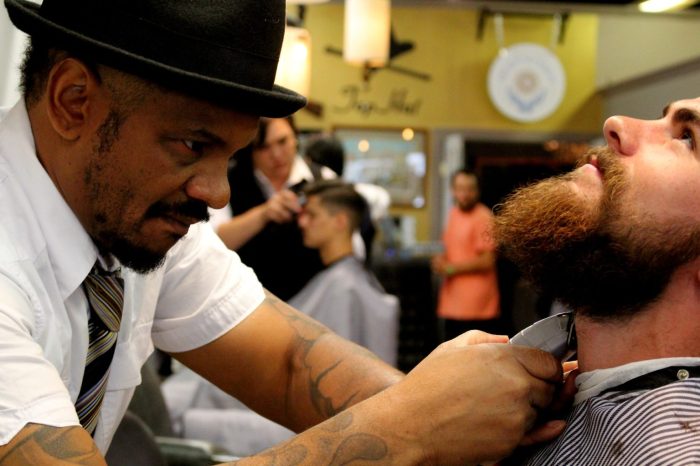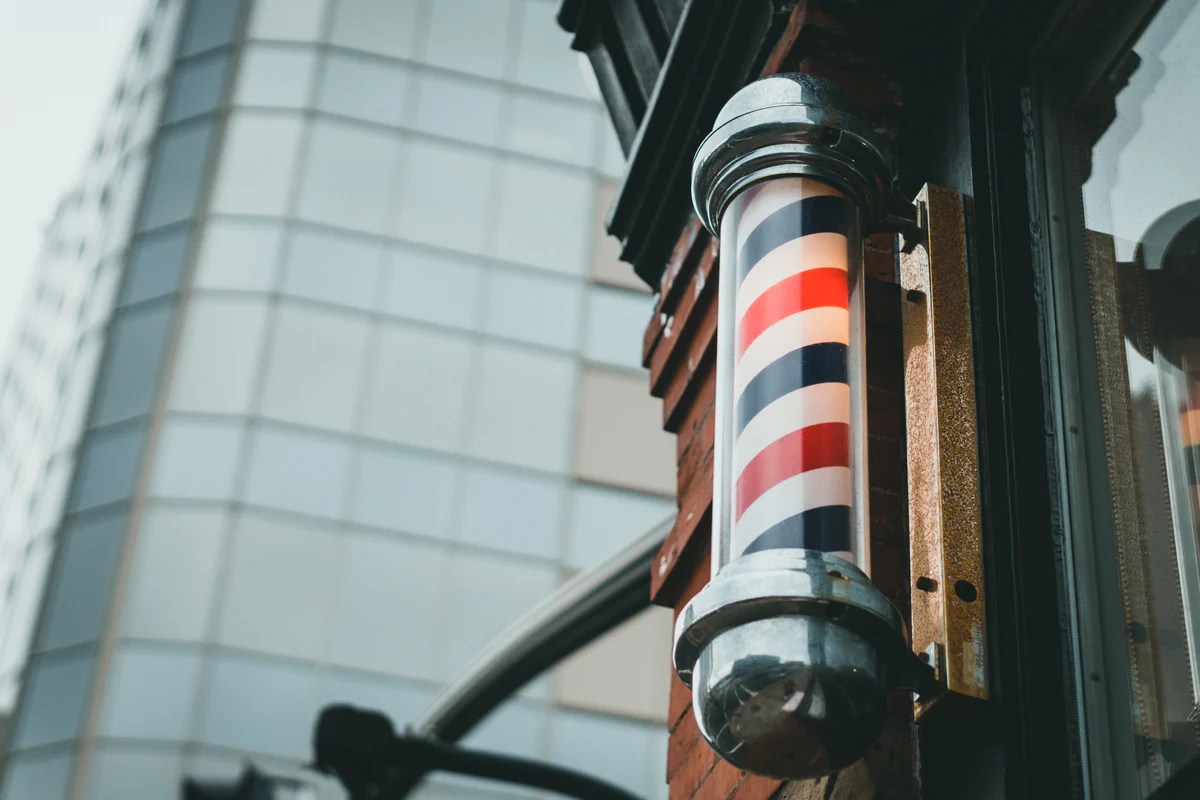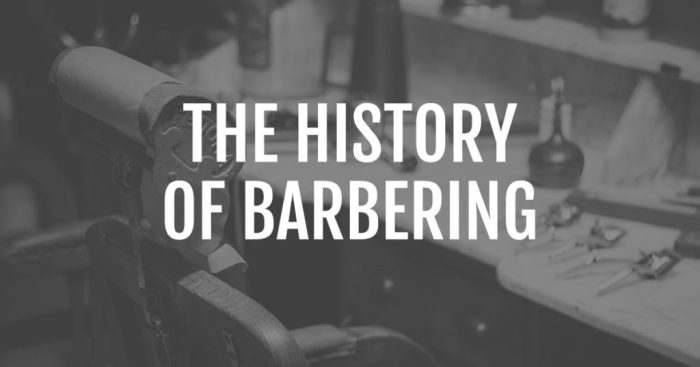The history of barbering chapter 1 – Embarking on the historical journey of barbering, we delve into the origins, evolution, tools, social significance, and professional aspects of this ancient craft. From its humble beginnings to its modern-day manifestations, barbering has left an indelible mark on societies worldwide.
Throughout history, barbers have played a multifaceted role, not only as purveyors of grooming services but also as cultural icons and community figures. Their shops have served as social hubs, fostering camaraderie and shaping local traditions. This comprehensive exploration unveils the captivating narrative of barbering, tracing its evolution and highlighting its enduring relevance.
1. The Origins of Barbering

Barbering, the art of hair styling and grooming, has a rich and extensive history dating back to ancient times. The origins of barbering can be traced to the earliest civilizations, where it held both cultural and practical significance.
In ancient Egypt, barbers played a vital role in religious ceremonies and were responsible for shaving the heads of priests and other sacred figures. They used sharp flint or bronze razors to remove hair and create intricate hairstyles that symbolized power and status.
The Role of Barbers in Ancient Civilizations, The history of barbering chapter 1
- In ancient Greece, barbers were highly skilled craftsmen who provided a range of services, including shaving, haircuts, and beard grooming. They were often associated with philosophers and scholars, who frequented barber shops for intellectual discussions.
- In ancient Rome, barbers were an integral part of the public baths, where they offered a variety of services, including haircuts, shaving, and massages. They also played a role in medical procedures, such as bloodletting and tooth extraction.
Question Bank: The History Of Barbering Chapter 1
What is the origin of barbering?
The origins of barbering can be traced back to ancient Egypt, where barbers held a revered position and practiced their craft with precision and skill.
How have barbering techniques evolved over time?
Barbering techniques have undergone significant evolution, from simple shaving and haircutting to advanced styling and treatments, influenced by technological advancements and cultural trends.
What tools have barbers used throughout history?
Barbers have employed a range of tools throughout history, including razors, scissors, combs, and brushes, each evolving to enhance the precision and efficiency of their craft.
What is the significance of the barber’s shop as a cultural hub?
The barber’s shop has historically served as a social gathering place, where patrons engaged in lively conversations, exchanged news, and participated in local traditions.
What are the challenges and opportunities facing barbers in the modern world?
Modern barbers navigate challenges such as competition, changing consumer preferences, and the need for continuous professional development, while also embracing opportunities for specialization and entrepreneurship.

